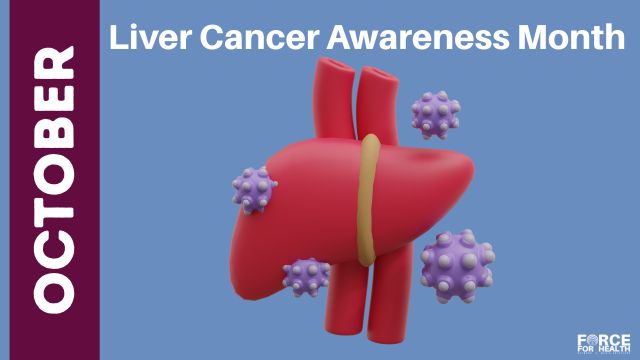
360° Human Explorer Tour: Stomach Cancer
Stomach Cancer
Hi, it’s Dr. Rob with the 360 Human Explorer Tour. Let’s take a brief look at stomach cancer as one of the topics of the month for awareness. First, let’s understand the stomach’s role within the digestive system. The digestive system begins at the mouth with the salivary glands producing enzymes like amylase to help moisten food. The food then travels down the esophagus into the stomach.
The stomach, located below the liver and near the pancreas, churns and mixes food with digestive enzymes. From there, the stomach empties into the small intestines, starting with the duodenum, jejunum, and ileum, and eventually into the large intestine. The large intestine carries waste to the rectum, where it is expelled.
Using the 360 Human Explorer, we can examine the stomach in cross-section. The stomach’s muscular walls mix food, turning it into a mash for easier digestion. However, stomach cancer can disrupt this process. It often begins as an abnormal growth in the stomach lining. As it grows, it may penetrate the stomach wall and spread to nearby organs or lymph nodes.
Symptoms of stomach cancer include a feeling of fullness, pain, discomfort, bleeding, or vomiting blood. Early-stage stomach cancer (stage 0) may appear as a small, localized growth visible through a scope. Advanced stages can involve spreading to lymph nodes (stage 3) or distant organs (stage 4).
Bleeding from a stomach tumor may be detected through stool tests. If the tumor blocks food passage, it can cause discomfort and a sense of fullness. Certain cultures, such as Japan, have higher rates of stomach cancer, possibly due to diet or environmental factors.
Understanding the anatomy and symptoms of stomach cancer is essential. Use the 360 Human Explorer to explore the digestive system further and enhance your health literacy.
Recommend0 recommendationsPublished in 360° Human Explorer Tour, Dr. Rob Perspectives









Responses